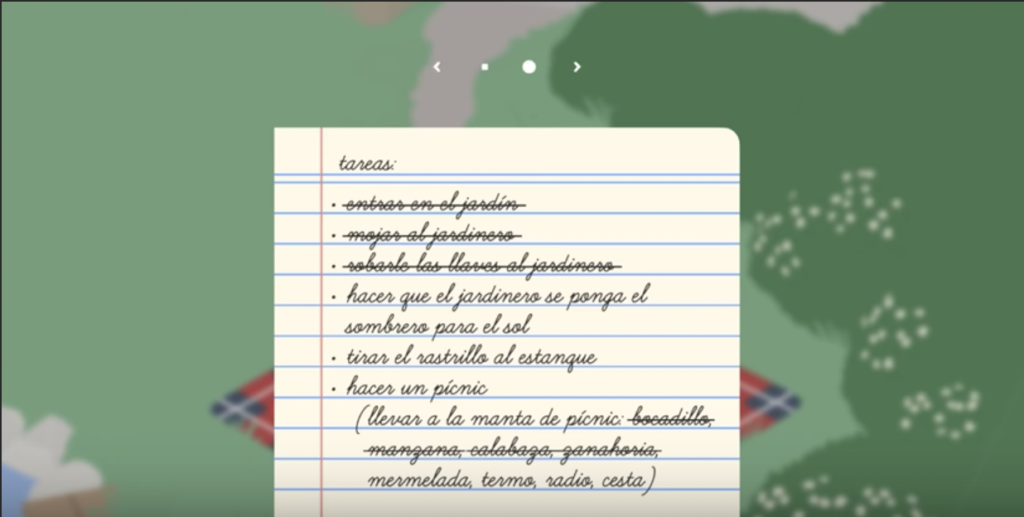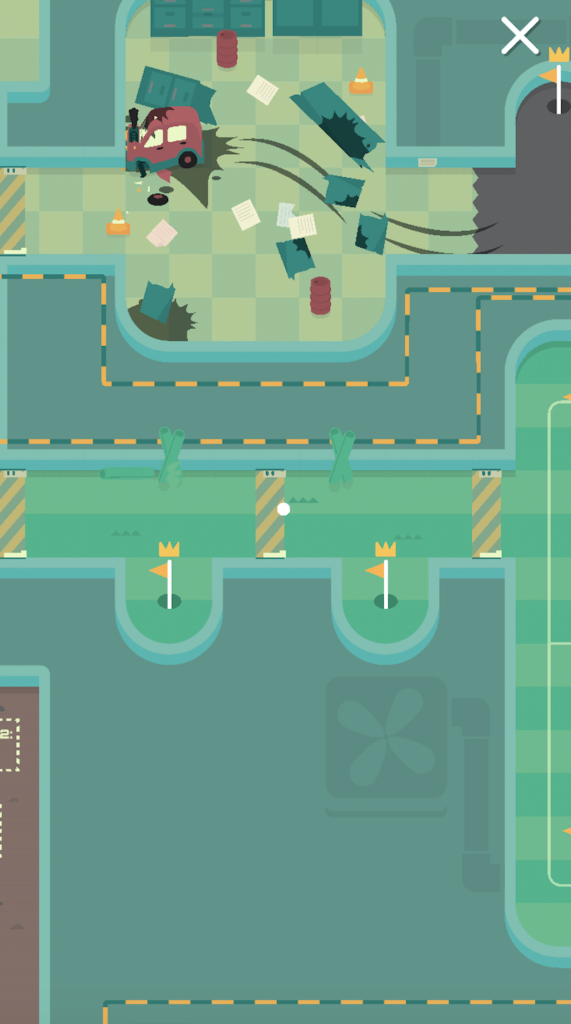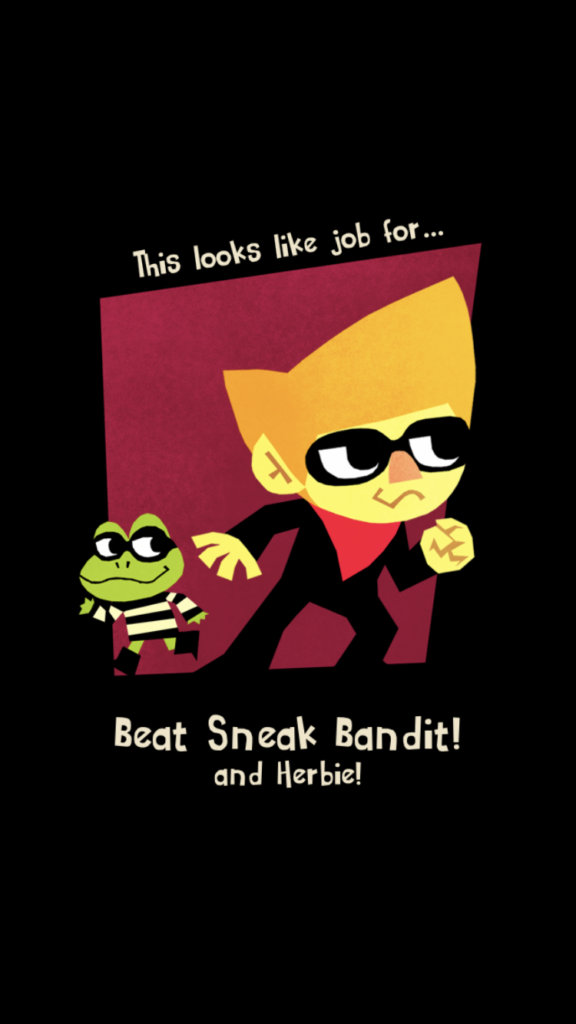Another year coming to an end, and my contribution to the universal pool of knowledge is just another list with games I played during the year, together with some comments where I explain what I found remarkable from a design point of view.
Although some of them just came fresh out of the oven in 2019, others were just serendipitous discoveries or recommendations of not so new titles.
This year I was happy to see more and more high quality games emerging, including some pleasant surprises, like the birth of Apple Arcade, which offers high quality premium (quite often story-driven) creations.
I’m also pretty much inspired by the tireless exploration that’s taking place in the indie front, which is pushing casual games to new frontiers as a mean of expression. It also seems to me that independent creators have been trying to prioritize more simple but still interesting and potentially memorable interactive experiences to the typical indie game with the crazy scope where the developer had to bleed until death to feel fulfilled creatively.
That’s still happening, and I will always admire and support passionate developers who want to devote themselves to projects they believe in, but I always felt compelled by catchy games where creators are not afraid of letting go of repetitive patterns and of what has always being considered a game in order to explore something new.
Anyways. Here we go!
1. Sayonara Wild Hearts

Sayonara Wild Hearts is the game I would use to defend video games as an art form, especially in front of those who tend to demonize the media for whatever reason.
The game is brilliant, not just in obvious ways, like from a visual point of view, but also in its elegant level design, which is based on the most granular gestures and interactions at the start to then expand along the game in an engaging, if not mesmerizing, mechanical progression.
Special mention to the theme and its subtle integration on everything the game entails, including the combat design, sound track, and the background story.
2. Untitled Goose Game

It seems like this game received enough praise already, so there’s not much I would add to the remarks done on its sound design, cheeky puzzle design, or the originality of the concept.
I would just mention, though, the skill with which the developer tempers the surrealistic traits and finishes the game with just a couple touches that give it an unexpected sense of closure.
3. What the Golf

I have a weakness for comedy in video games, and I’m kind of susceptible to the distinction between humour in dialogues and humour in game mechanics, which is, for me, the real deal where there’s still much to be explored and much to be gained.
And that’s exactly what What the Golf does when it gives a twist to some of the level design conventions that are inherent to casual games, and it does it using a random genre like sport games, and using inert objects like furniture and props as the main components of the puzzles.
Special mention to its delightful level map, which is fun in itself, and stands out in todays’ sad sad world of saga maps.
On top of everything, it contains exploting kitties. Genius.
4. Antichamber
I wrote a separate review in this article already, but as a summary, I would highlight how much meaning players can get just from engaging with the mechanics and solving the puzzles.
Almost no context at all is needed or provided besides some timely and succinct hints that empower the player to find the solution and the meaning by herself.
5. Beat Sneak Bandit

There was a time, precisely when I joined the industry, when apps had to had a maximum capacity of 100mb in order to be uploaded to the App Store, and where we had to juggle with technology if we wanted to release games that were as beautiful as we envisioned.
Exactly one decade ago, with that type of ecosystem ruling the app store, Beat Sneak Bandit came out from a fairly new indie studio called SIMOGO, and it instantly earned both the critics and the public favour.
It’s pretty impressive to see how well this game has aged, and how deliciously bold and sharp it feels, even after all this time.
Besides the beautiful visuals and the neatly tailored puzzliness of the level design, I would highlight the quality of the sound design, where sound is not just an addition to the game mechanics, as it usually is, but it actually emerges from them, leveraging the whole experience and turning it into a real rhythm game.
Pure ear candy.
6. GRIS
Another critically acclaimed game came out this year from the Spanish developer Nomada Studio, rewarding us with a visually pleasant gameplay and relatable and dramatic themes, which seem to be popular nowadays.
Since I already posted something about it this year, I will just forward you all to this article where I develop on how I think the game mechanics in this game are articulated to explore a theme in depth.
7. Sexy Brutale
Story-driven games are hard to write and design. Story-driven games with time travel components are double hard. Story-driven games with time travel components that are consistently built and engaging from beginning to end are impossible. It seems, though, that miracles happen some times.
Here’s an article developing on it.
8. Song of Bloom
My initial intention was to include here a compilation of a few games that I’ve seen emerging lately in several platforms and that share common traits in terms of creative vision and production values.
Song of Bloom, for instance, is a short game (or interactive experience, some might say) were the unique selling point relies not on the amount of content or the depth of the progression, but rather on the focus of the concept and the rarity of some of its design bits.
I also found interesting its take on replayability, and how it’s leveraged successfully to make it feel like a process of exploration instead of a purposeless grinding.
And that’s all the ink I had left today. Without further ado, I wish you all a 2020 full of good game development and playing. But also, don’t forget to look for inspiration somewhere outside games!
Leave a Reply